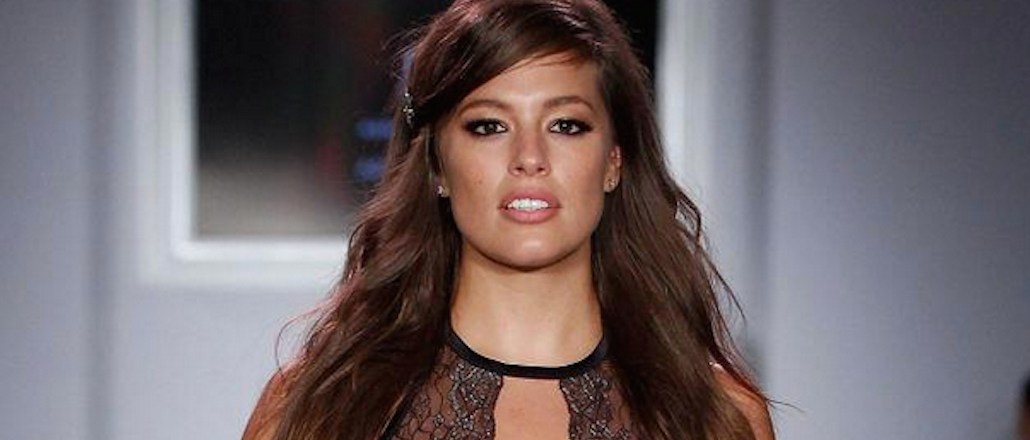New York Fashion Week’s social media winners and losers

With 181 shows and a generated $900 million in revenue, New York Fashion Week brings in $100 million more than the Super Bowl. What that means on social media: There’s a big chance for brands to make an impression.
Now that the week has wrapped up and the fashion elite are fleeing overseas to continue the frenzy in London (a somewhat less-intense affair with just 78 shows), it’s time to reflect on which brands won big and which lost out on New York Fashion Week’s social media circus.
Brands that made a big impact
Spice Girl-turned-fashion icon Victoria Beckham saw maximum exposure on social media this year. The British designer’s Twitter, Instagram and Facebook accounts saw the biggest surge of any other designer this fashion week, gaining 129,000 new Instagram followers alone (totaling 6.8 million), according to data from Socialbakers. Other brands that gained the most followers included Michael Kors and Givenchy.
Victoria Beckham’s Instagram account also saw the most interactions, collecting 3.5 million likes and comments over the course of the week. Givenchy’s Instagram had the second-most Instagram interactions, but at 990,000, the figure pales in comparison.
Still, French design house Givenchy had an overall impressive first New York Fashion Week run (usually, Givenchy shows in Paris). Creative designer Riccardo Tisci opened an online lottery to send out more than 400 tickets to the public, and a stunning spring/summer collection along with star power courtesy of Nicki Minaj, Caitlin Jenner and the Kardashians drove buzz on Twitter. Givenchy saw the most mentions on the platform during fashion week, according to Socialbakers, receiving 28,035 overall. One gown in particular, worn by Joan Smalls, sparked conversation on Twitter, with users dubbing it “that dress.”
Joan smalls, closing the Givenchy show in that dress, omg.
— lily (@ja_lily) September 12, 2015
My Fav @joansmalls in what can only described as “That Dress” from @givenchy dropping #nyfw pic.twitter.com/qTSCkm1ogs — Reinaldo Fabricio (@_FabricioGS) September 12, 2015
Live streaming tool Periscope made its major fashion week debut, sharing the action with outsiders alongside runways and backstage. According to data from Twitter, 97 NYFW designers shared Periscope live streams during their shows, but it was Carolina Herrera’s House of Herrera collection that saw the most action on the platform. Fifteen separate live streams ran on Periscope before, during and after the show, with model Lily Aldridge handling the designer’s account for the occasion.
While not a major brand, Addition Elle made headlines for its partnership with Ashley Graham, the plus-sized model who designed her own lingerie line and displayed it on Tuesday during New York Fashion Week. News of the event trended on Twitter and Facebook, and the accompanying hashtag, #IAmSizeSexy, generated more than 12,000 posts on Instagram. Because, you know, real bodies on fashion runways is still a big deal.
Real curves finally on the runway at #NYFW for @theashleygraham catwalk show #IAmSizeSexy https://t.co/Zeoh8k86xj pic.twitter.com/pyqHSGqSe1 — Express Pictures (@Express_Pics) September 16, 2015
Brands that missed the mark
Rag & Bone teamed up with Uber with a special promotion Monday night: between 5:30 and 7:30 p.m., hopeful fashionistas could tap a special ‘Runway’ option on their Uber apps, and if the request went through, a car would be sent to drive them to the secret venue where the brand would be showing its spring/summer collection. Great idea. The problem? The app crashed due to an overwhelming response, making people on Twitter pretty upset.
hey @Lyft, wanna take me to the @rag_bone show instead of @Uber_NYC?
— Taiyo Kitagawa (@taiyoholic) September 14, 2015
@Uber_NYC@rag_bone Did anyone actually win this promo? Appears to just be a tech nightmare. #RBRR16#StillRefreshing#FarFromBlessed — Matthew Earle Scott (@MatthewEarle) September 14, 2015
Rag & Bone’s collection may have crashed Uber, but on social media, the brand failed to cause much buzz, ranking No. 27 of the top 30 brands in terms of interactions on Instagram, according to Socialbakers. It didn’t rank at all on Twitter, despite the Uber issues. Other brands that drew little conversation on social included Betsey Johnson, BCBGMaxazria and Banana Republic. Until next year, fashion followers.
More in Marketing

Google delays third-party cookie demise yet again
For now, Google seems to have next year in mind as the latest end date for its plan to eliminate third-party cookies.

WTF is the CMA — the Competition and Markets Authority
Why does the CMA’s opinion on Google’s Privacy Sandbox matter so much? Stick around to uncover why.

Marketing Briefing: How the ‘proliferation of boycotting’ has marketers working understand the real harm of brand blockades
While the reasons for the boycotts vary, there’s a recognition among marketers now that a brand boycott could happen regardless of their efforts – and for reasons outside of marketing and advertising – that will need to be dealt with.





